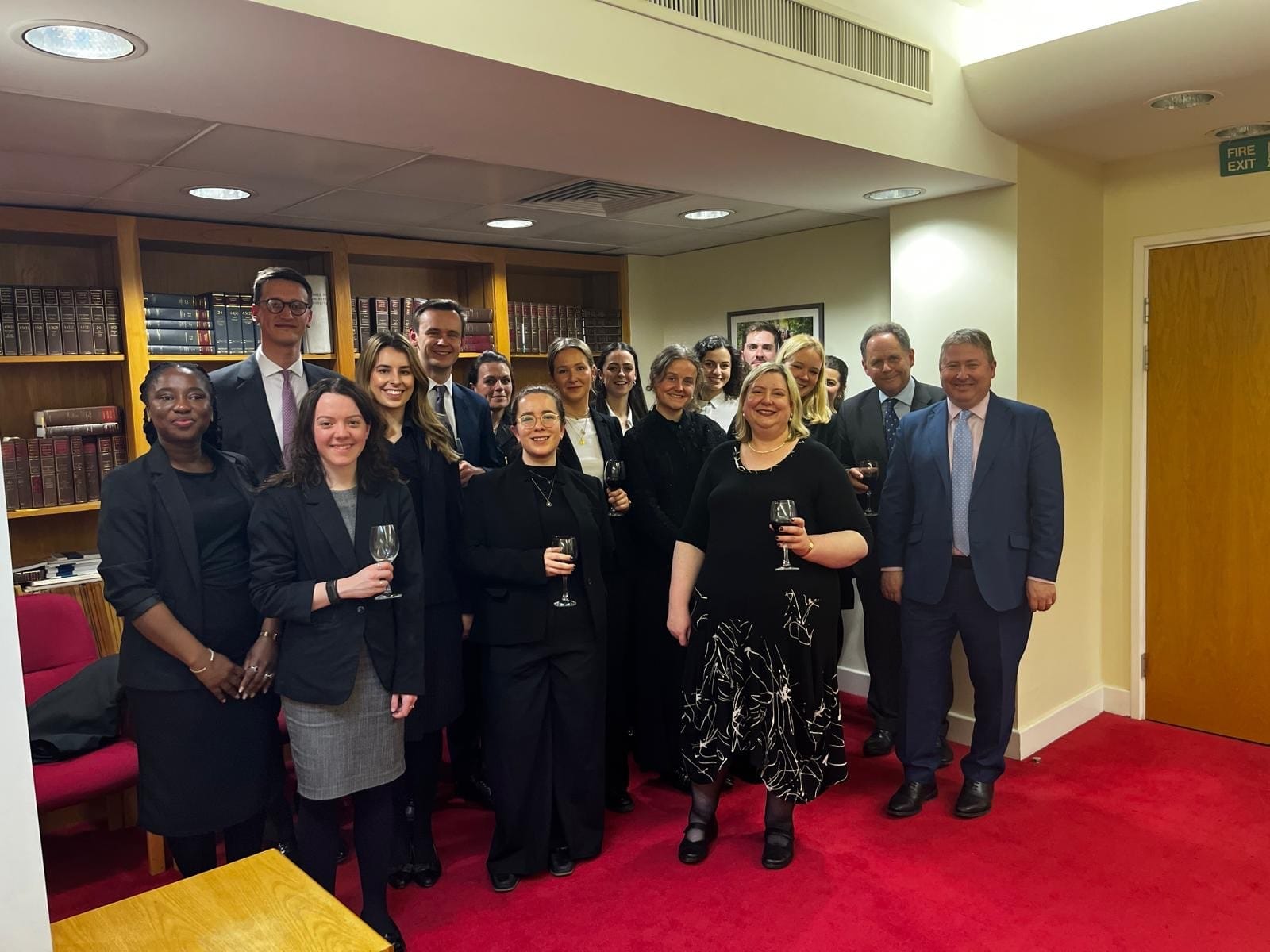Chair’s Column
Transparency
The transparency debate – in the context of practices on anonymisation and rubrics – receives another punchy analysis from Sir Nicholas Mostyn in this issue of the journal in his article ‘Re-multiplied Propagation’. The difficulty here is that most of the judgments identified in his article (at High Court Judge level or below, including some of my own) made decisions on anonymisation and rubric selection in the context of The Transparency Reporting Pilot for Financial Remedy Proceedings: Guidance from the President of the Family Division and in circumstances where no member of the press was present and nobody was arguing for other than anonymised publication. The President’s Guidance expressly contemplates that a judgment may be published, indeed will ordinarily be published, in anonymised form, with an adaptable rubric threatening that publicly identifying parties by name may be a contempt of court. This is irrespective of whether or not there is a formal Transparency Order, indeed the guidance suggests that normally a Transparency Order will only be considered when a press reporter attends, which remains unusual. The view expressed by Sir Nicholas Mostyn is that, absent the existence of a formal Transparency Order, any form of rubric is a ‘worthless bloviation’ (an empty threat) and that anonymity should only be permitted where it is ‘exceptionally necessary’ after a full Re S analysis leading to a formal Transparency Order, even if there is no party present wishing other than for anonymised publication. He suggests that the President’s Guidance (which currently remains a Pilot) is unlawful or that, at least, its lawfulness should be carefully considered before it is made permanent. For those caught between the approach of the President’s Guidance (which may well represent the preferred outcome for many judges) and Sir Nicholas Mostyn’s strongly expressed views on the lawfulness of the approach, it would surely be helpful for there to be, at some stage soon, some guidance on this issue from the Court of Appeal.
Pensions on Divorce where the pension is based outside England and Wales
In a world where financially successful individuals often move around the world to accrue their wealth, including their pensions, it is not surprising that a court in this jurisdiction will be required to confront the existence of pension assets not within the jurisdiction. At its simplest, the courts of England and Wales will not directly interfere with pension assets not within the jurisdiction, but the issue is much more complicated than that. With appropriate declaration of interests, may I commend the reader interested in this subject to the relevant chapters of the newly published Pensions on Divorce: A Practitioner’s Handbook (Class Legal, 4th edn, 2025) and the second report of the Pension Advisory Group, A Guide to the Treatment of Pensions on Divorce (2nd edn, 2024). For a discrete and very helpful summary of the issues arising, readers will be very much assisted by this issue’s contribution by Beverley Morris and Jonathan Galbraith, ‘The Challenges of Dealing with Overseas Pensions on Divorce’.
Musicians going through divorces
When a successful musician goes through a divorce, the court is likely to be tasked with trying to place a value of their catalogue of work. The problem arose in McCartney v Mills McCartney [2008] EWHC 401 (Fam), CB v KB [2019] EWFC 78 and ED v OF [2024] EWFC 297. The methodology for doing this is well summarised in Dom Christophers and Joshua Viney’s excellent contribution ‘The Approach of the Family Court to Musicians’ Proprietary Interests’. It is far from straightforward. The authors are right to draw our attention to Bob Dylan’s lyric in Cry a While: ‘I might need a good lawyer’.
The young financial remedies barrister
It is nearly forty years ago that I did my first financial remedies case as a barrister – or ancillary relief case as it would then have been called. This world has changed beyond recognition since those days of paper briefs, hand-written orders and asset schedules, a general level of non-specialism and, of course, no Financial Remedies Court. Reading ‘Second Six at the Financial Remedies Bar – A Survival Guide’ by Sophia Paraskeva and Fatima Ismail, however, I am reminded that some things have not changed, for example the injunction to be organised and efficient, polite and helpful, and to give proper attention to client care. Important also, is their emphasis on keeping up to date with the latest developments in financial remedies law. These authors can be commended in this respect for their active engagement in the excellent FRJ case summary team of young and aspiring financial remedies lawyers, where they have produced for the FRJ website some really helpful summaries of some important judgments and, again declaring an interest, they can of course be particularly commended for their endorsement of the proposition that all young financial remedies barristers should always take with them to court the Dictionary of Financial Remedies as a helpful and compact reference guide!

HHJ Edward Hess, Rhys Taylor and Polly Morgan with members of the FRJ Case Summary team at a reception in March 2025







